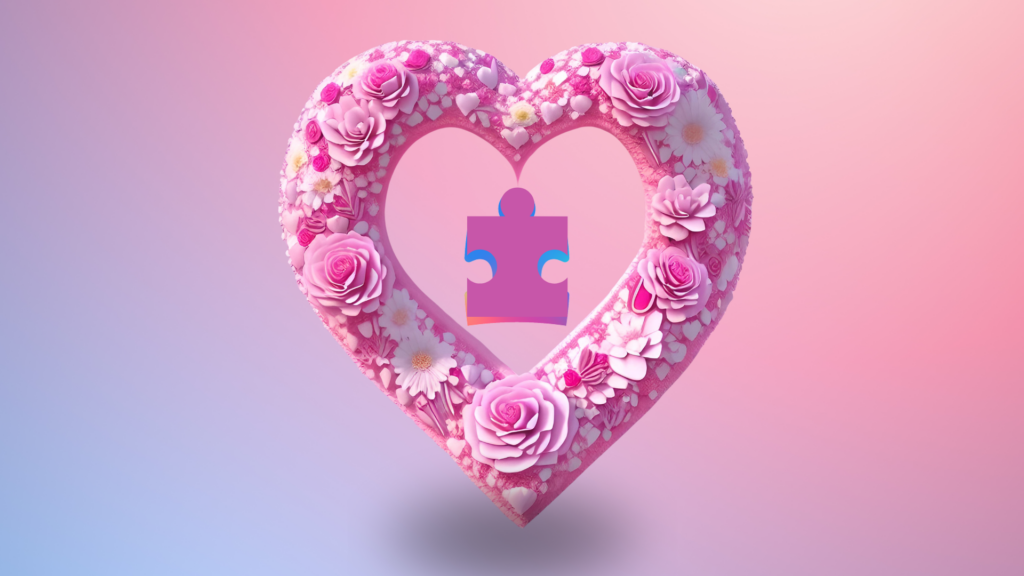What we know about autism has primarily come through studies of boys and men. This is slowly changing. It is now known that more girls and women have autism than previously thought. Research has now shown that there is bias in how girls and women are diagnosed, leading to them being misdiagnosed, underdiagnosed, or diagnosed much later in life.
Gendered norms of how girls are “supposed” to behave in public places a lot of pressure on girls to conform. The more successful they are in conforming, the less likely they are to display symptoms typically associated with autism. This conforming behavior is known as masking. The impact of masking often appears together with other conditions such as depression and anxiety especially in social situations, leading to fatigue over time.
A closer look at the tools used to measure autistic traits indicate that behaviors that would otherwise be labeled as autistic, when perceived as “gender normative”, leads to underdiagnoses or missed diagnoses for girls altogether.
“You can’t be autistic”
Although some progress is being made in removing some of the delays associated with diagnosing girls, certain stigmas still exist. In a guest post on autismspeaks.org, the author describes being met with disbelief and even suspicion when she shared that she had been diagnosed with autism.
To people in her orbit, she seemed “normal”. The author shared that what they did not understand was the years of bullying she had endured in her formative years at school, the social misunderstanding for not getting unspoken social rules, and the frustration in being misunderstood for virtually her entire life.
The author ends her post with a call to action to talk more about how girls and women display and ultimately learn to cope with autism differently from boys and men.
Signs of autism in girls and women
The autismspeaks.org website shares certain signs of autism in girls and women that may be overlooked, but can point to autism.
For autistic girls and women, many learn how to navigate social interactions early on and how to make friends. However, they tend to struggle with nonverbal communication. A nurturing mom and social circle has been shown to help alleviate some of these symptoms.
Fixation on socially acceptable activities like a favorite princess or celebrity usually gets overlooked when diagnosing young girls. Diving deeper into this sort of “rigid thinking” outside of gendered norms could potentially support an autism diagnosis.
Autism research has been overwhelmingly focused on white males. The diagnostic tools created out of this research complicates how girls and women are diagnosed, especially when socially acceptable behavior is factored in. Dismantling the data behind some of these tools may help in identifying autistic behavior in girls and women.
Support moving forward
Learning more about autism and how it presents differently in girls and women is just the first step. There are several online resources available to learn more including:
Seeking help from a trained behavioral and/or medical professional is also important, especially if the symptoms lead to disruptions in daily routines. Reach out to your health care provider for a referral, through insurance, or through the resources listed above to determine the type of care that you need. Not all disabilities are visible. All disabilities need attention.
The tides are certainly changing when it comes to autism awareness, and for providing support to the girls and women who have it. It’s completely OK to feel misunderstood and overwhelmed when figuring out which resource is right for you. The key is to keep moving forward until you find the support that works right for your unique situation.
KenCCID walks hand in hand with the greater Autism Community
We were excited to stand shoulder to shoulder with our sister organization, Autism Speaks, for their annual walk on November 3, 2024. We recognize many of the challenges faced by individuals with autism.
We look to the day when all individuals with disabilities and/or learning differences are treated with the same level of respect, care, and dignity like any other. In the mean time, we are honored to step into the gap and continue to provide housing, job support, and basic medical care for individuals with disabilities in our immediate community.

